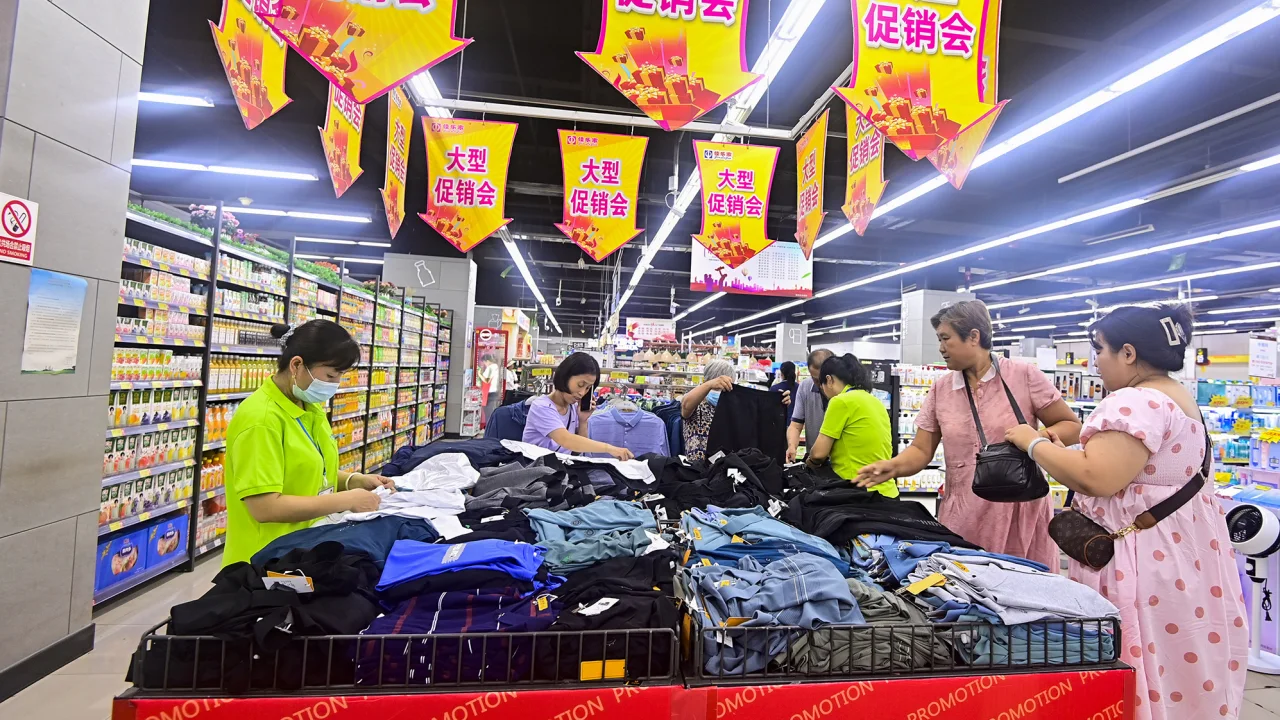More stimulus ‘desperately’ needed as China’s economic recovery

China’s economic recovery continued to lose steam in the second quarter of 2023, prompting urgent calls for more stimulus from Beijing.
The world’s second largest economy expanded by 6.3% in the April to June months from a low base a year ago, according to data released by the National Bureau of Statistics (NBS) Monday. The figure was below the expectations of a group of economists polled by Reuters.
Compared to the first quarter, gross domestic product (GDP) grew just 0.8% from April to June. It slowed significantly from the 2.2% quarter-on-quarter growth registered in the first quarter.
Last year, harsh Covid-19 lockdowns wreaked havoc in the world’s second largest economy, including in the financial hub of Shanghai.
The economy rebounded strongly in the first quarter of this year after the lifting of pandemic restrictions, with GDP growing at 4.5%.
However, a slew of economic figures in recent months suggests that momentum has faded.
Monday’s data, which showed a marked slowdown in consumer spending and faltering business confidence, reinforced the idea that growth has indeed lost steam.
“After a sugar injection in the opening months of 2023, the pandemic hangover is plaguing China’s recovery,” said Harry Murphy Cruise, economist at Moody’s Analytics, referring to the initial burst of pent-up demand after reopening.
The waning recovery has prompted Beijing to introduce some stimulus measures, but “more is desperately needed,” Cruise added.
How China copes with its slowdown is a concern for global investors and policymakers, including US Treasury Secretary Janet Yellen, who visited Beijing earlier this month.
“China is a very substantial importer from many countries around the world, so when Chinese growth slows, it has an impact on growth in many countries and we are seeing that,” she told reporters during a trip to India.
The Chinese yuan weakened after the release of the economic data. The offshore rate was down 0.3% from the previous day, while the onshore yuan dropped nearly 0.4%.
The Shanghai Composite Index declined 0.9%. South Korea’s Kospi and Australia’s S&P/ASX 200 were 0.4% and 0.1% lower respectively. Stock markets in Hong Kong and Japan were shut.
